While breastfeeding is a natural process that human bodies are perfectly equipped to handle, feeding a growing baby is still incredibly taxing physically and mentally. Experiencing a sudden seemingly unexplained drop in milk supply when everything else seems to be going fine can be alarming.
A drop in milk supply can be caused by a variety of factors. Stress levels, sleep, nutrition status, and even nursing schedules can all affect milk supply. Once you identify what is causing your milk supply to drop, troubleshooting is usually pretty straightforward. With time and patience, you can almost always recover from a drop in milk supply.
This article explains a few common reasons behind sudden drops in breast milk supply and ways to remedy them. Products that may help with supply drops are also linked throughout.
Probable Causes of a Sudden Drop in Milk Supply
1. Dehydration

Breast milk is 87% water (Martin et al., 2016), so it makes sense to drink more water to support milk production. Studies have shown, however, that increasing your water intake above what you normally need will not cause an increase in breast milk production.
Thirst is your best indicator of how much water your body needs. Suckling stimulates the release of arginine vasopressin (AVP) and oxytocin through an increase in prolactin. This physiologic hyperprolactinemia subsequently induces thirst (Amabebe et al., 2017). It is not uncommon for parents to feel thirsty after breastfeeding or pumping.
It is important to stay well-hydrated when breastfeeding, as dehydration can cause milk production to slow. To remind yourself to drink enough water, keep a bottle beside you and drink 6oz to 8 oz every time you breastfeed or pump for your baby.
Breastfeeding mothers need to consume an additional 450 to 500 calories per day (ACOG, 2021). The recommended energy intake during breastfeeding are 2100 to 2500 calories per baby per day (Flidel-Rimon & Shinwell, 2006).
The nutrients in breast milk come from the breastfeeding person’s diet as well as their body’s energy stores. As a result, breastfeeding people are more likely to be at risk of certain micronutrient deficiencies, such as the vitamin D deficiency this study finds in breastfeeding women.
An adequate diet not only keeps you healthy but also ensures that your breast milk contains all the nutrients that your baby needs. Carbohydrates, proteins, fats, as well as vitamins and minerals, are all important parts of a breastfeeding diet.
2. Whole Grains
Mature milk contains about 7% carbohydrates, most of it being lactose. Whole grains such as oats, quinoa, brown rice, barley are rich in complex carbohydrates, proteins, fiber, and trace minerals. Many grains also contain plant estrogens and a type of sugar known as beta-glucan which some say may help increase breast milk production. Try to limit refined carbs such as white rice and goods made with white flour.
3. Lean Meats
Lean protein from chicken, beef, fish, and turkey can help support breastfeeding and ensure that your baby also gets adequate protein to support their muscle growth. Stick to leaner cuts of meat with less than 10% total fat and choose fish low in mercury, such as salmon, catfish, and tilapia.
4. Healthy Fats
Healthy fats are important for brain and nervous system development. They also help in the absorption of fat-soluble vitamins A, D, E, and K. In breast milk, fat is found in the form of long-chain polyunsaturated fatty acids such as DHA.
Look for foods containing monounsaturated and polyunsaturated fats and avoid those with saturated and trans-fat. Nut butters, eggs, oily fish, avocado, and vegetable oils such as olive, canola, sunflower, and soybean oil.
5. Vitamins and Minerals
Being a new parent, you might not always have time to prepare and eat the healthiest foods that can cover the many micronutrients you need. Postnatal supplements can help fill in gaps and make sure that you get enough vitamins and minerals.
Many people opt to continue taking prenatal vitamins which already cover most of the vitamins and minerals needed while breastfeeding, though these often contain more iron than needed to support breastfeeding, and can have side effects such as constipation and stomach upsets. Your doctor may recommend that you instead take a postnatal supplement or even a regular multivitamin that covers 100% of your RDA.
6. Stress

Having a baby is a life-changing event. The anxiety and mental stress that comes with caring for a newborn combined with the physical stress of recovering from birth and being up at all hours can take a toll on your milk supply.
Stress hormones such as cortisol can suppress prolactin production, which can, in turn, inhibit lactation. Your body may also produce adrenalin as a response to stress or nervousness. Adrenaline can inhibit oxytocin release, which can cause a difficult letdown.
Your mental health plays an important role in your baby’s care. Plan on having a support network of family and friends who can help you with housework, cooking, and babysitting other children. They might not be able to help you nurse your baby, but they can give you the support you need to help you rest, recover, keep your stress levels manageable, and of course keep your milk supply up.
After giving birth, changing hormone levels may cause you to experience what is known as “baby blues”, causing you to feel sad, irritable, and/or anxious. Baby blues usually improve by the time your baby is 2 weeks old. If your baby blues don’t go away by then, you may be experiencing postpartum depression or anxiety.
Postpartum depression and anxiety are fairly common, with up to 10% of new parents experiencing some form of it. If you find yourself feeling upset or hopeless often, or having trouble sleeping or eating properly, call your doctor as soon as possible. They may refer you to a mental health professional specializing in PPD/A treatment. Organizations such as Postpartum Support International can also help connect you to appropriate resources.
7. Hormones

Hormonal birth control containing estrogen has also been linked to drops in milk supply, even after milk supply has been established. For this reason, progestin-only hormonal contraceptives are often preferred within the first 6 months of breastfeeding, as progestin is less likely to affect milk supply.
Some people may prefer to use non-hormonal contraception while breastfeeding. Barrier methods such as condoms, cervical caps, and diaphragms as well as non-hormonal IUDs are common choices. The lactational amenorrhea method is another method of birth control that relies on the conditions of being fully amenorrheic, breastfeeding full time, and being less than 6 months postpartum to prevent pregnancy.
Hormonal issues such as those related to hyper- or hypothyroidism and PCOS may affect your milk supply negatively. A doctor may prescribe medication to treat hormonal imbalances and help get your milk supply back.
8. Menstrual Cycles
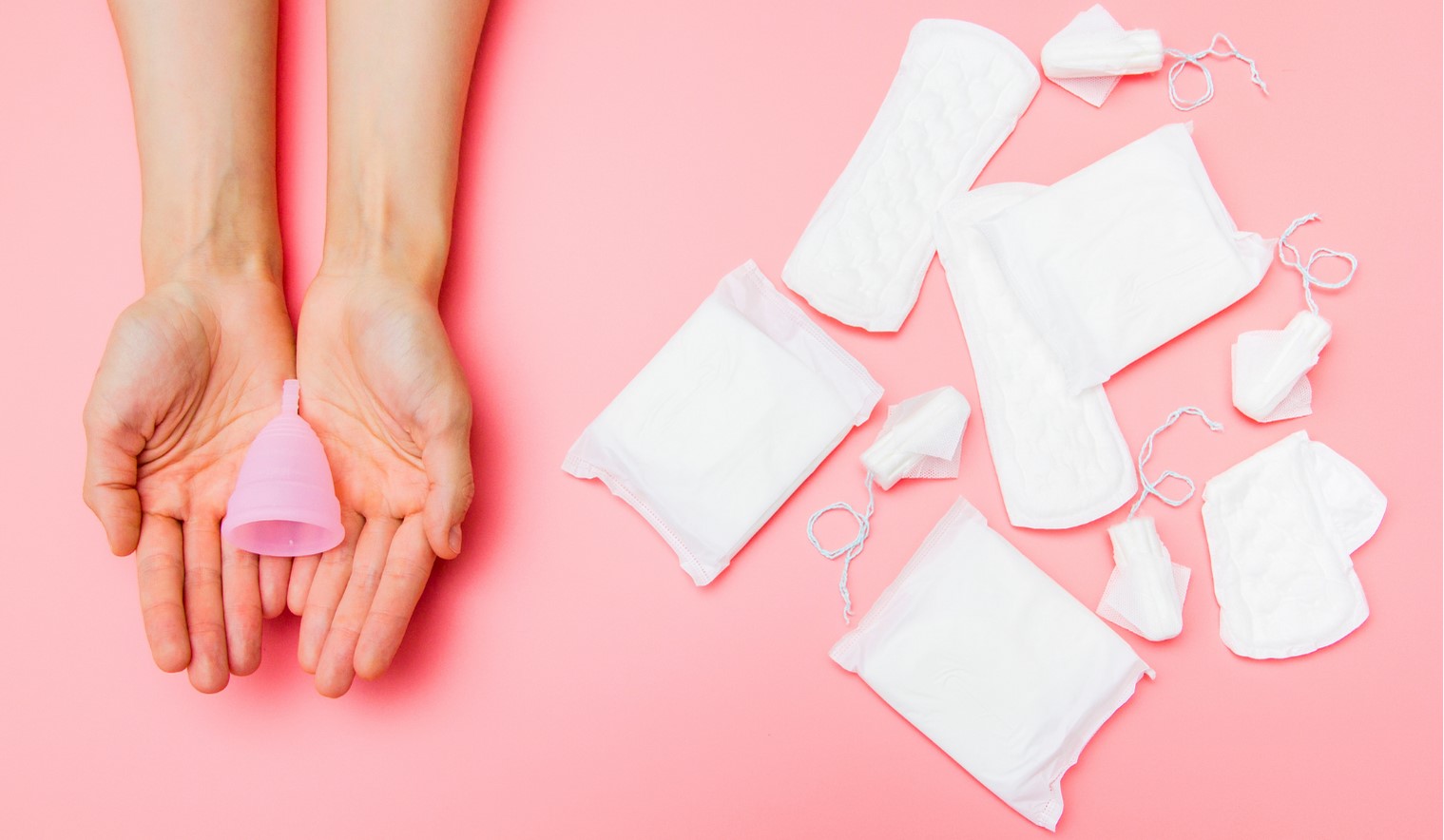
Lactation occurs in response to specific hormones your body produces during the prenatal and postpartum periods. Hormonal changes, such as the ones brought on by the menstrual cycle, can cause temporary drops in milk supply.
Breastfeeding is known to delay the return of menstruation after pregnancy. This is because the hormone prolactin, which stimulates lactation, also inhibits ovulation. If your baby is exclusively breastfeeding, you may not see your period return until your baby is 6 months old.
For some people, the return of their menstrual cycle has little to no noticeable effect on milk supply. Others may experience certain symptoms including a drop in milk supply and increased breast or nipple sensitivity, particularly in the week leading up to and the first 1-2 days of the period.
Most of the time, a drop in milk supply caused by returning menstrual cycles is temporary. Your breast milk will still be ample nutritious food for your baby even with the drop. Moist warm compresses and breast massages can help get milk flowing.
9. Not Nursing on Demand
The best way to ensure that your baby is eating enough is to listen to their hunger cues, allow them to feed whenever they wish, and to continue feeding until they are satiated. On demand feeding will also help you with establishing a good milk supply.
Breast milk is produced on a supply-demand basis. The more your baby nurses, the more milk you will produce. In the same way, nursing less will send your body the signal to produce less milk.
10. Not Pumping Enough
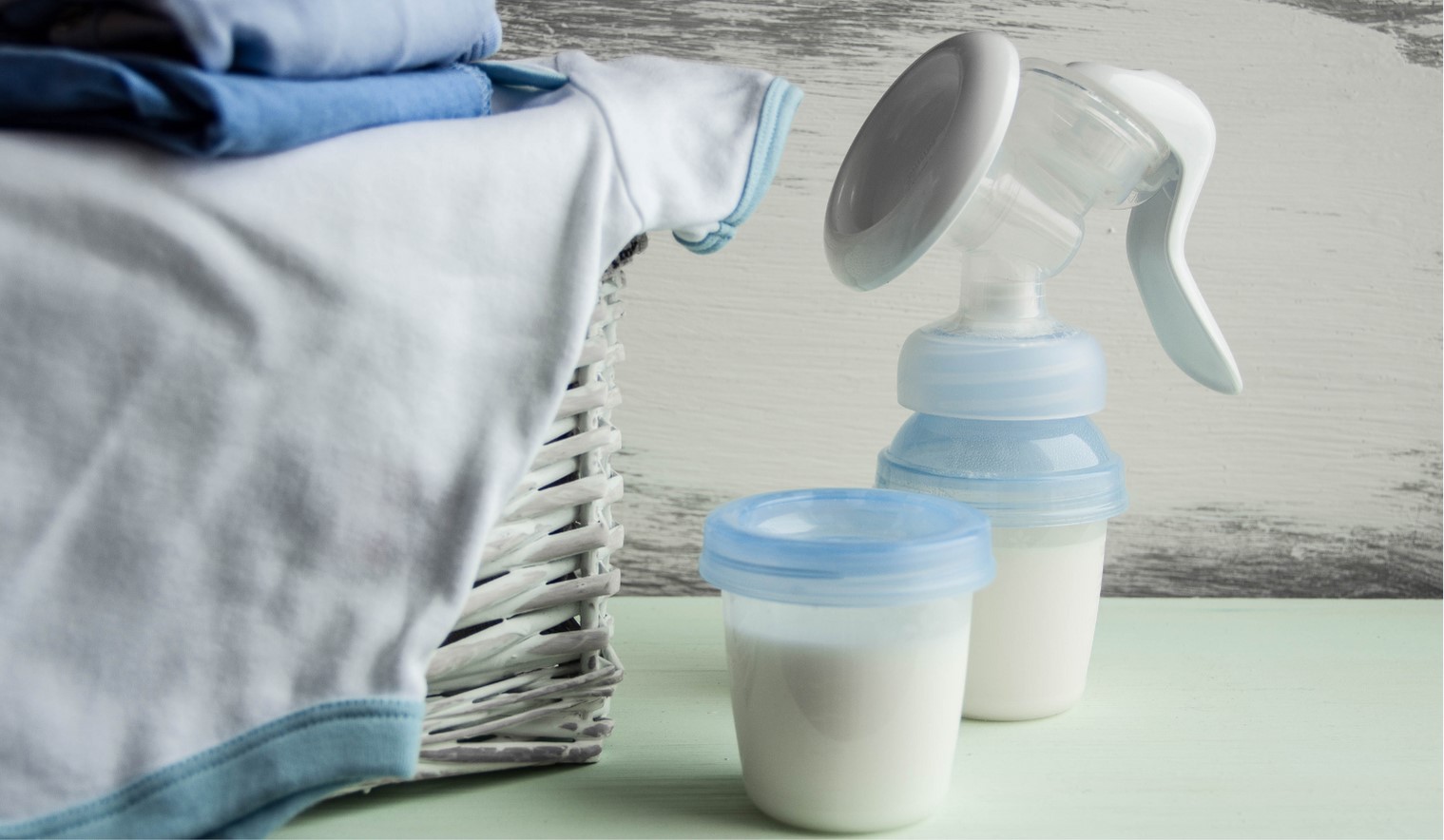
Usually, babies aren’t able to fully empty both breasts in one nursing session. Some parents will pump from one side while their baby nurses on the other and afterwards use a manual pump to collect any remaining milk from the nursed-on side.
Pumping helps relieve engorgement between feedings and allows you to store and freeze a breast milk stash. Stored milk from pumping comes in handy if you experience a sudden supply drop or just need to spend time away from your baby.
Pumping in between nursing sessions helps establish a stronger milk supply and can help bring your supply back after a drop. If you are pumping to replace nursing sessions you are missing, say, while at work, try to pump on baby’s regular nursing schedule. If you are pumping to increase milk supply, try pumping around an hour after your baby’s daytime nursing sessions.
While pumping is an important part of building an adequate milk supply, don’t tire yourself out over it. Pumping after every single nursing session can cause you to fatigue and may increase your stress levels, causing your supply to drop inadvertently.
11. Getting Sick

Getting a cold, the flu, or a stomach bug won’t directly cause a drop in your milk supply, but its symptoms, fatigue, nausea, loss of appetite, and dehydration can. In most cases, your milk supply should return to normal once your symptoms improve.
Breastfeeding your baby while you are sick is the best way to protect them from catching whatever it is that is making you sick. The white blood cells in your mammary glands produce antibodies that protect them from getting sick. Breast milk also contains lactoferrin and interleukin proteins which have anti-microbial and pro-inflammatory properties that stimulate your baby’s innate immune response.
Breastfeeding while sick can be rather tiring. Take as much rest as you need and give your body time to recover. Have friends and family members help with chores and caring for the baby so that you can focus on recovering. Keep yourself hydrated and try to get enough calories to keep your energy up.
Sudden Decrease in Milk Supply Remedies
Power Pumping
Power pumping mimics cluster feeding, or your baby’s feeding patterns during a growth spurt. The idea is that the frequent expressing of milk increases prolactin secretion, which in turn increases milk production.
Power pumping can be done on its own or right after a nursing session. Ideally, a power pumping session should last an hour. Start by pumping for 20 minutes, followed by a 10-minute rest, then a 10-minute pumping session. Alternate between pumping and resting in 10-minute increments until the hour is up. You can nurse or pump normally the rest of the day.
Continue to power pump for an hour a day for 7 days. It may take between 3 and 7 days to see an increase in supply.
Lansinoh Smartpump 2.0 Double Electric
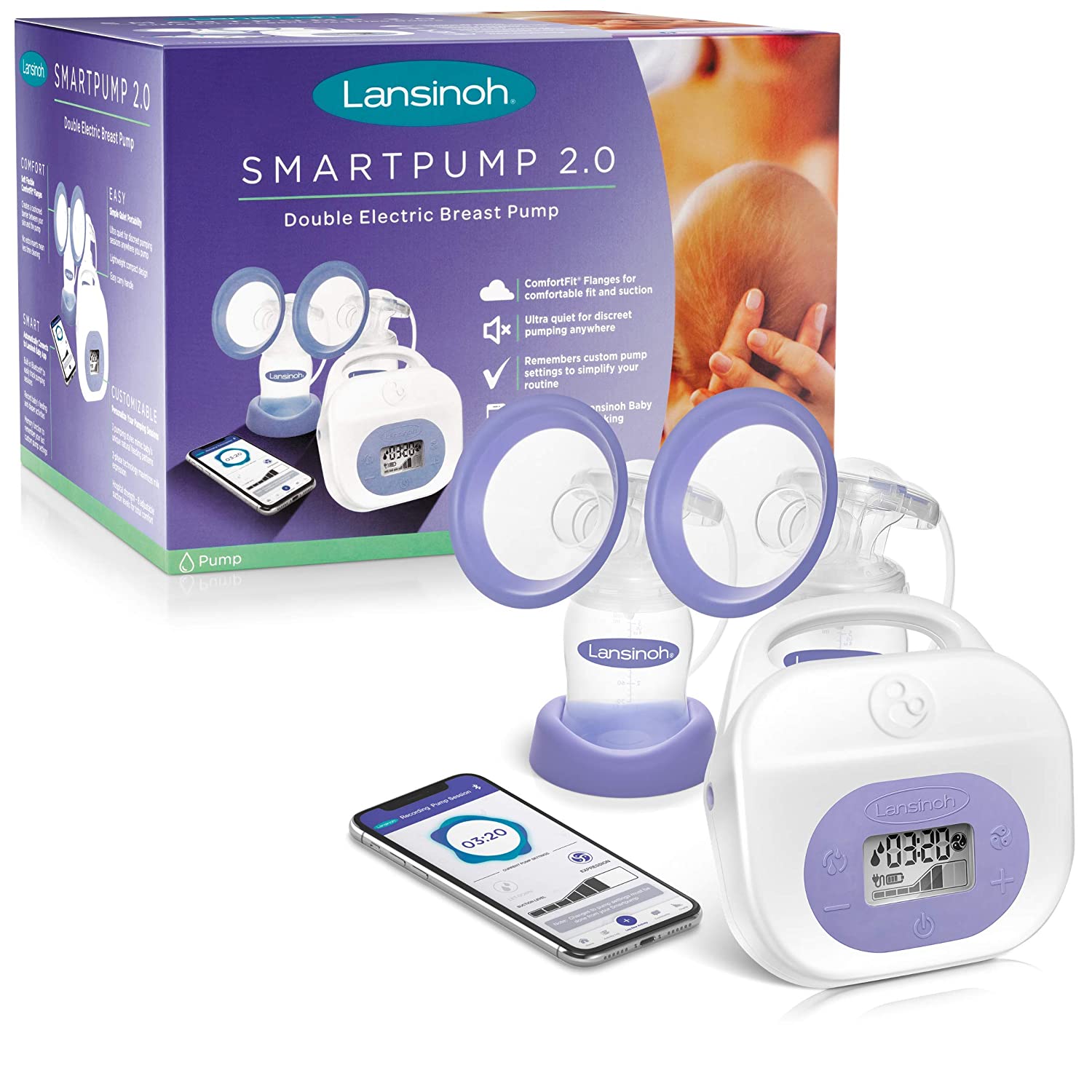
Apply Moist Heat
Studies have shown that applying a warm compress before breastfeeding helps increase the amount of breast milk expressed in a 15-minute pumping session. Moist heat can be applied through a heating pack, hot water bottle, warm damp towel, or directly with a warm shower or bath.
Lansinoh TheraPearl Breast Therapy Pack
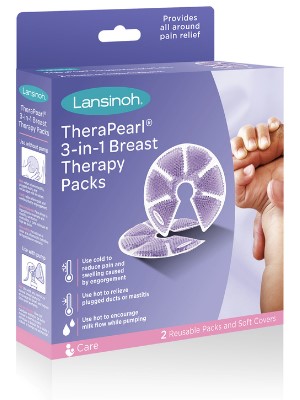
Do a Breast Massage
Studies show that performing a breast massage can help increase blood flow to your milk ducts, thereby promoting better milk production. This increased blood flow also decreases soreness and engorgement, and may help with other issues such as mastitis and clogged ducts.
To perform a breast massage, use 4 fingers beginning on the top of your breast and continuing downwards in a circular motion to reach the sides and bottom of your breast. You can also cup your breast in both hands and massage in clockwise and counter clockwise motions to encourage milk flow towards the nipple.
Electric breast massagers such as Frida Mom provide both vibration and heat to help with milk production, and can be used as you pump.
Try Galactagogues
Galactagogues are a class of drugs and foods that are said to have lactogenic effects which help increase and maintain breast milk production by stimulating prolactin and oxytocin. Herbs such as fennel, fenugreek, milk thistle, and turmeric are said to have compounds that increase breast milk production. Grains such as oats and barley that contain plant estrogens are also said to have lactogenic effects.
Herbal galactagogues are often found in teas and capsules. They are even baked into lactation cookies. While scientific evidence regarding the efficacy of herbal galactagogues is mixed, there is a great deal of anecdotal evidence from parents who have seen an improvement in their milk supply after taking these foods.
The Honest Company Postnatal Lactation Plus Multivitamin
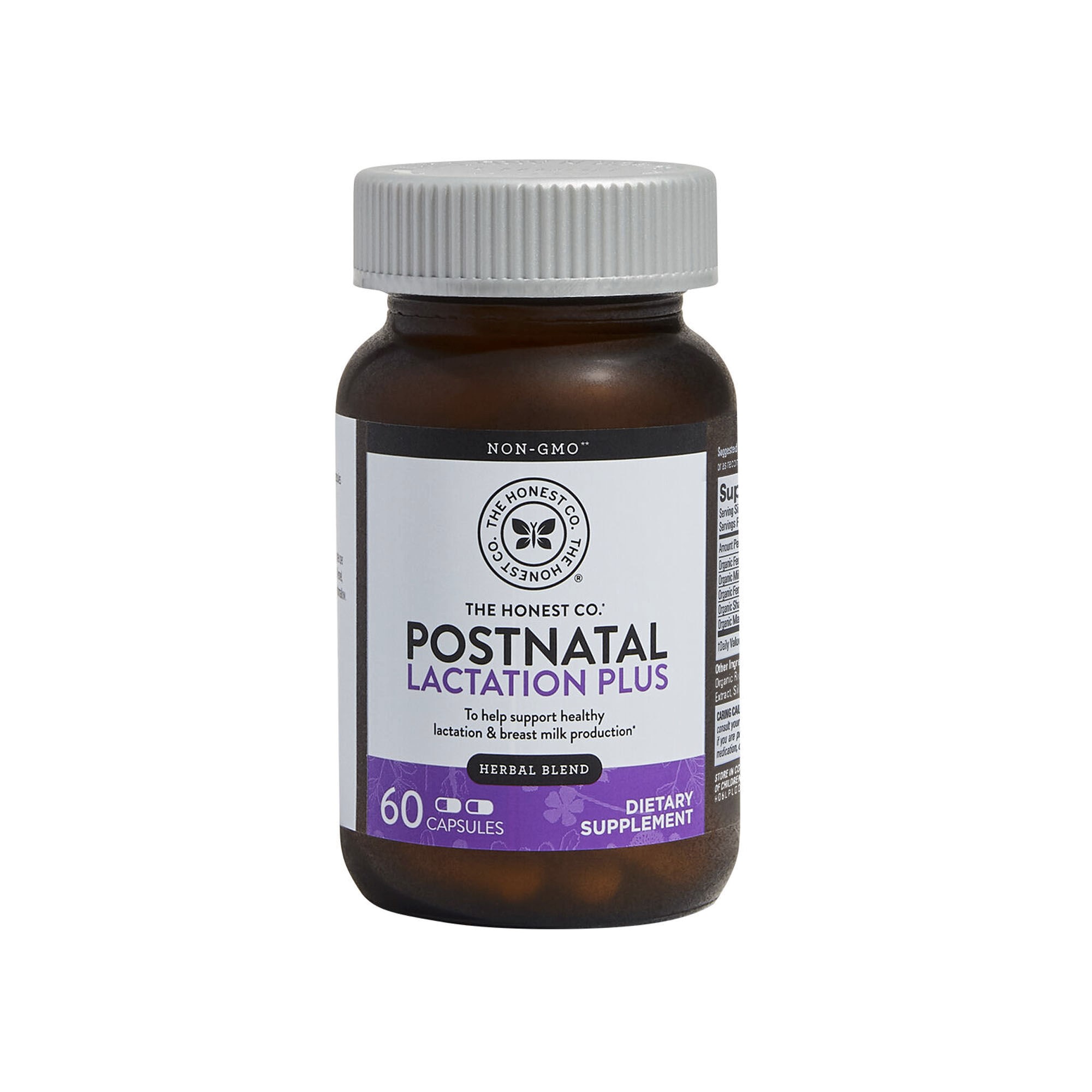
Munchkin Milkmakers Lactation Tea
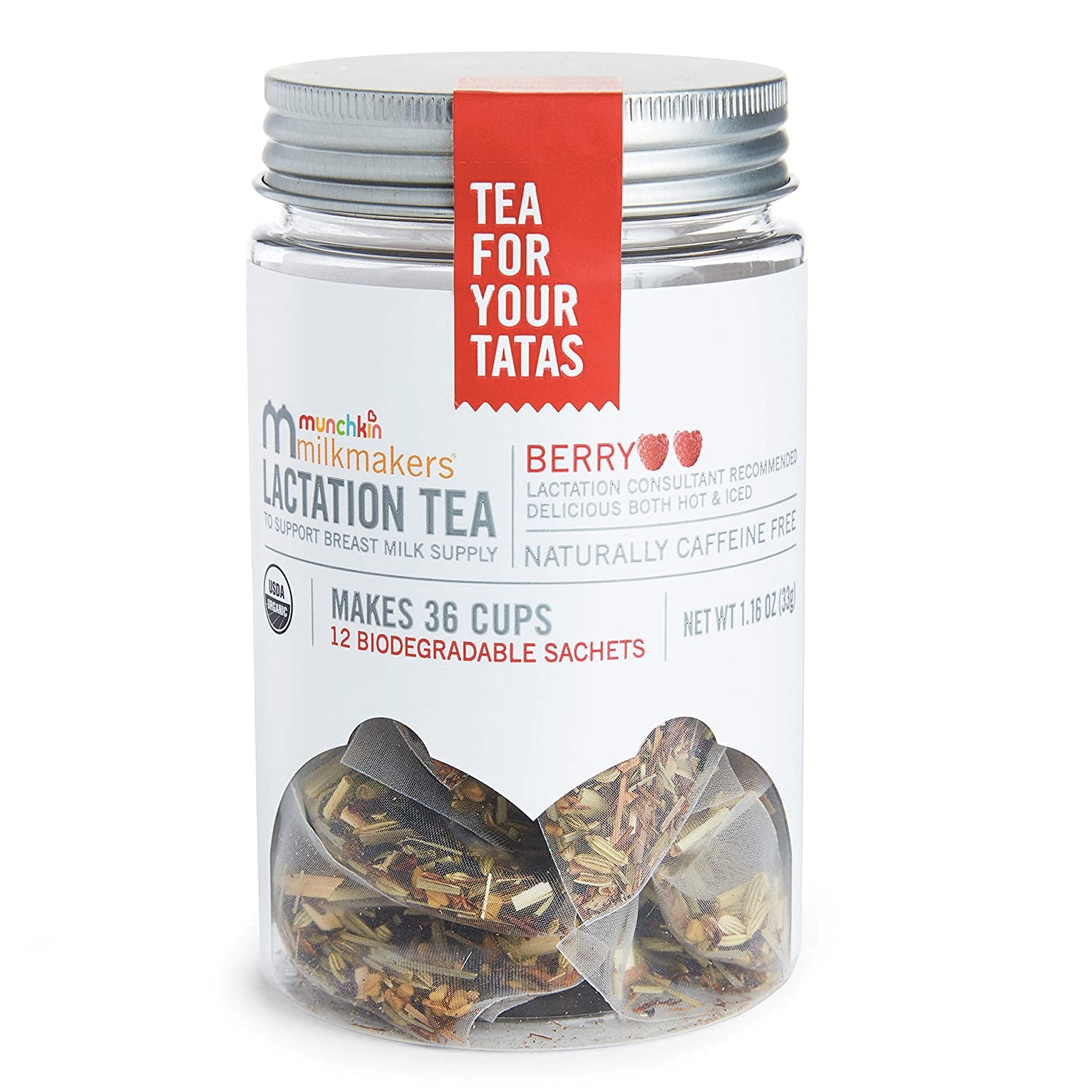
Happy Mama Organics Lactation Cookies
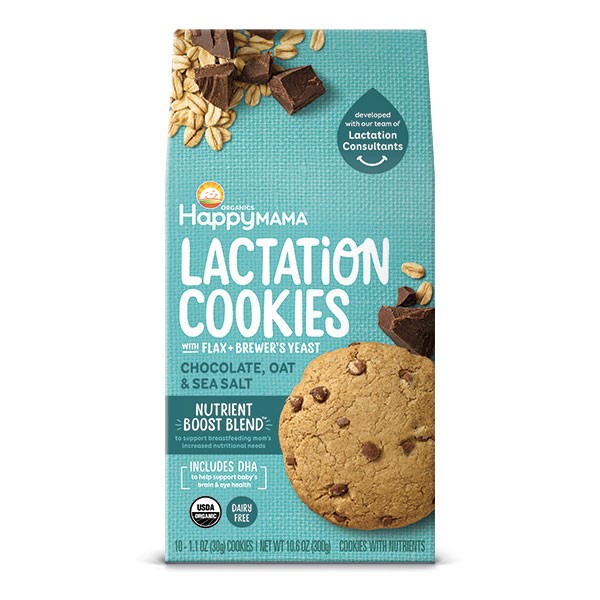
Certain prescription medications and synthetic versions of oxytocin may also be used as galactagogues in specific situations. These drugs are often also used to treat conditions other than low milk supply and studies on their lactogenic function are still lacking.
Have an Expert Check
If your milk supply has all of a sudden dropped for seemingly no reason, a lactation consultant may be able to help you pinpoint a cause and get your milk supply back on track. Lactation consultants are trained in identifying and treating breastfeeding issues, and may be able to identify any underlying problems which may be causing a supply drop.
References
1. Amabebe, E., Robert, F. O., & Obika, L. F. (2017). Osmoregulatory adaptations during lactation: Thirst, arginine vasopressin and plasma osmolality responses. Nigerian Journal of Physiological Sciences 32(2), 109-116. http://www.bioline.org.br/pdf?np17017
2. Flidel-Rimon, O., & Shinwell, E. S. (2006). Breast feeding twins and high multiples. Archives of Disease in Childhood: Fetal and Neonatal Edition 91(5), F377-F380. doi: 10.1136/adc.2005.082305
3. Martin, C., Ling, P. R., & Blackburn, G. (2016). Review of infant feeding: Key features of breast milk and infant formula. Nutrients 8(5), 279. doi: 10.3390/nu8050279
4. The American College of Obstetricians and Gynecologists. (2021). FAQs: Breastfeeding your baby. https://www.acog.org/womens-health/faqs/breastfeeding-your-baby?utm_source=redirect&utm_medium=web&utm_campaign=otn